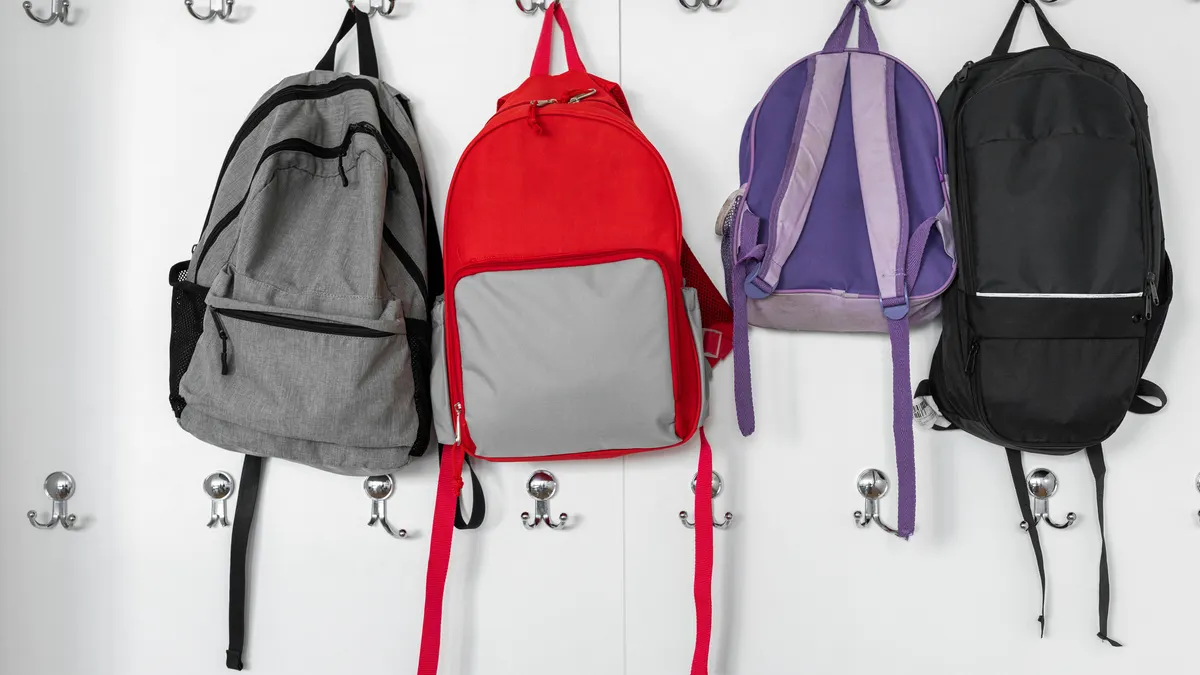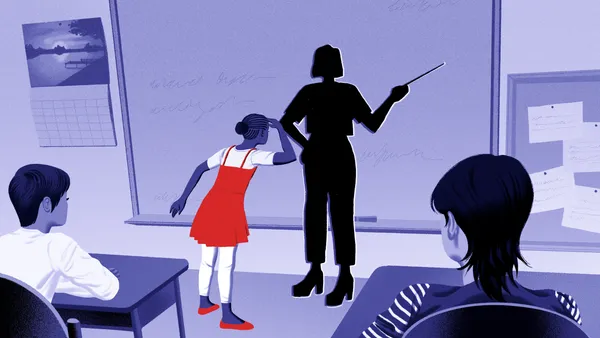COVID-19 brought to light many worsening issues in education and school facilities, among them poor indoor air quality due to older school infrastructure.
To begin to remedy that, Vice President Kamala Harris on Monday announced an action plan to put $500 million toward upgrading public school facilities to be more cost- and energy-efficient. The funding is through the Build Back Better Act, a bipartisan infrastructure law passed Nov. 19.
The administration is also encouraging districts to use American Rescue Plan dollars toward improving their HVAC systems.
In mid-March, the U.S. Environmental Protection Agency launched the Clean Air in Buildings Challenge as part of the Biden administration’s efforts to improve ventilation in schools and other buildings.
A fact sheet on the EPA initiative outlines four steps:
- Create an action plan by assessing indoor air quality and making plans for upgrades and improvements to related systems like heating, ventilation and air conditioning.
- Bring in and circulate clean outdoor air into indoor spaces.
- Enhance air filtration and cleaning via a central HVAC system and in-room air cleaning devices.
- Engage local communities in an action plan to improve indoor air quality and health outcomes.
Why school air quality matters
While focus has shifted to indoor air quality lately, the EPA has in fact been working to address the issue since 1988, said Tracy Enger, a program analyst at the Indoor Environments Division of the EPA, during a March 29 webinar on clean indoor air hosted by the White House.
A 2020 report from the Government Accountability Office found 53% of schools need to upgrade or replace multiple building systems, including HVACs.
The EPA began to look more specifically at schools’ indoor air quality in 1994, after a GAO report first said a notable number of schools need to repair their HVAC systems, identifying the issue as a top priority.
The quality of the school's infrastructure is just as important as the quality of the educator teaching them in the classroom, said Enger, who has focused on indoor air quality in schools for more than 25 years.
When schools can’t open due to poor air quality or disease, that directly impacts student learning, she said. Moreover, if a student can’t attend class because of asthma or because of contracting COVID or the flu, their learning is directly affected by poor air quality.
"What I want people to understand is that school building, that school building facility, is a part of the curriculum."

Tracy Enger
Program analyst at the Indoor Environments Division of the U.S. Environmental Protection Agency
Children are also more vulnerable than adults to airborne diseases for physiological differences, because they breathe deeper and faster than adults, she said.
“What I want people to understand is that school building, that school building facility, is a part of the curriculum,” Enger said.
“We also have to think about how we are controlling for indoor air quality, recognizing that we are dealing with really unique and vulnerable populations, our children, and how we then make choices about not just the HVAC system but everything from the roof to the flooring and everything in between,” Enger said.
A good starting point
The $500 million in federal funding to improve schools' indoor air quality is a good start, said Mike Pickens, executive director of the National Council on School Facilities.
But more significant funding is needed, considering there’s an $85 billion shortfall to address school facility needs in the U.S., Pickens said. The average school is 50 years old, and the current federal funding “won’t nearly be enough” to fix the problems, he said.
“There’s a great need in our country with upgrading HVAC equipment, probably one of the greatest needs we have in our school systems,” Pickens said.
In fact, a lot of schools are so outdated that they do not have ventilation systems at all, he said.
Fixing or replacing an HVAC system can cost $1 million to $10 million depending on the size of a school, according to Mary Filardo, executive director of the nonprofit 21st Century School Fund, which focuses on modernizing public school facilities.
Districts are already paying more attention to air circulation and ventilation using ARP funds for portable filtration systems, she said.
But upgrading entire mechanical systems for healthy indoor air is a “much bigger deal,” Filardo said.
If schools are going to do these major upgrades, they should consider renovating other parts of the building as well, given that a mechanical system makes up a large portion of a school building, she said.
Districts also need more support both in guidance and funding from state education departments when addressing school infrastructure projects, Filardo said.
Seizing this moment of awareness
In the meantime, the guidance from the EPA and White House shines a necessary light on the problem of infrastructure in schools — which is solvable, but not quickly, Filardo said. The federal initiative has helped validate for those working in district facilities that indoor air quality infrastructure needs to be a priority for ARP dollars, she said.
“Everyone deserves to better understand what’s in the air they breathe, especially our teachers and students,” said Ira Frankel, chief marketing officer at Awair, an air quality monitoring company.
Frankel expects the new federal efforts to drive action and get people involved in the matter.
Districts can partner with their local PTAs to work toward funding and improving HVAC systems, he said. Even amid tense community conversations about masking, vaccines and virtual learning during the pandemic, Frankel said, clean air shouldn’t be a topic of debate.
“No matter what side you stand on, the air needs to be better for our students,” he said. “We want to keep them healthy. We want to keep them in school. We want to keep the teachers healthy.”



















